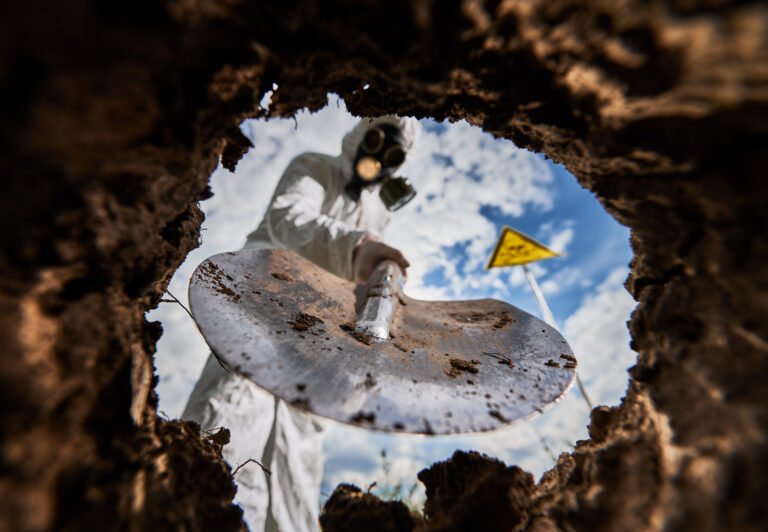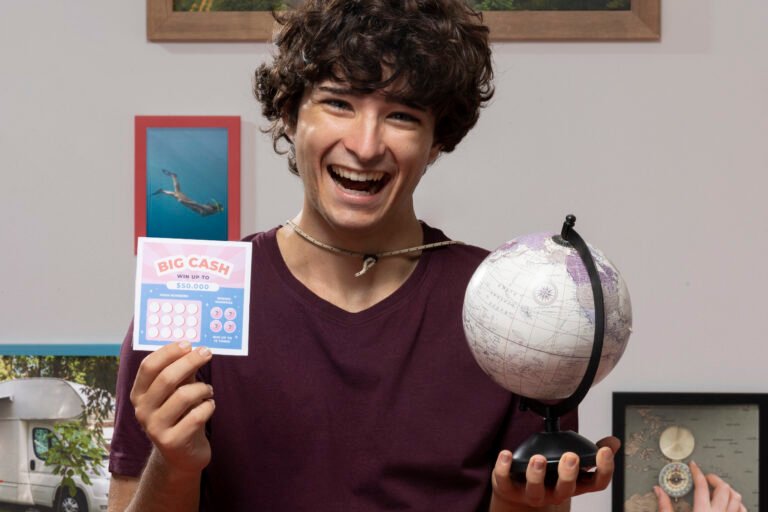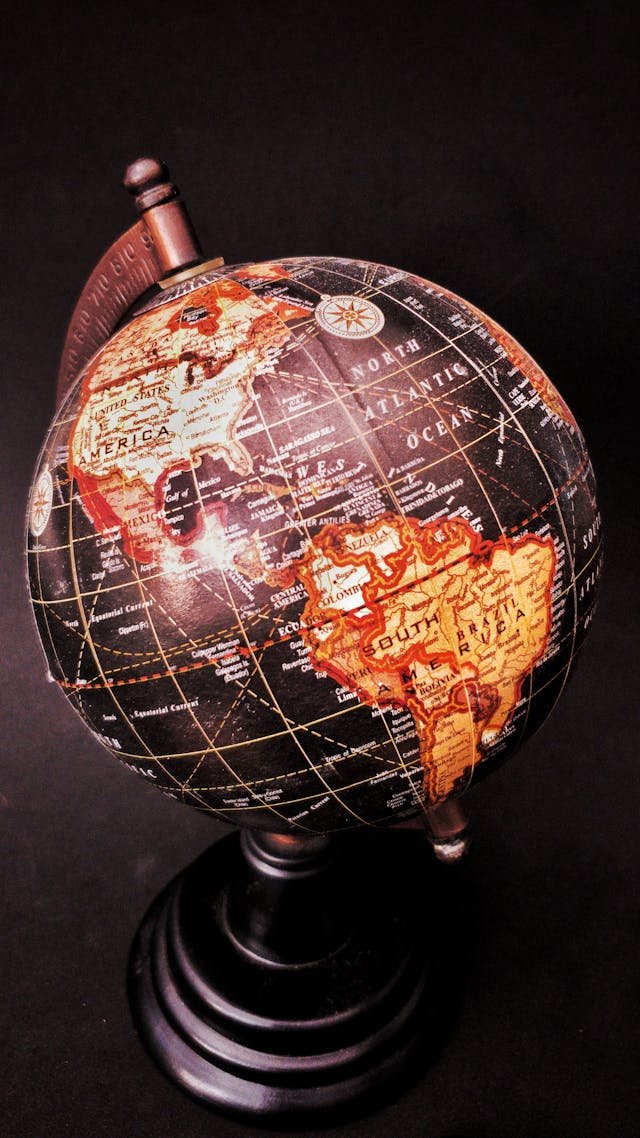The Future of Honeymoons in Space: 7 Amazing Concepts

Imagine stepping out of an airlock hand in hand, Earth a blue-and-white marble below, while your partner whispers “for better or worse” and the stars answer. Honeymoons in Space aren’t sci-fi fantasy anymore — they’re a nascent travel niche exploding with ideas, prototypes and early commercial flights that will reshape romance for adventurous couples. This article explores seven mind-blowing honeymoon concepts, how close they are to reality, costs and logistics, planning tips, and the best ways to make your space honeymoon truly unforgettable. If you’re dreaming about Honeymoons in Space, this is your practical, romantic and slightly futuristic guide.

1) Suborbital Micro-Honeymoon: The 5-Minute Magic
What it is: A suborbital flight gives a few minutes of weightlessness and several minutes of breathtaking curvature-of-Earth views. Companies offering these experiences include Blue Origin (New Shepard) and Virgin Galactic (spaceplane flights). These are short, accessible, and the closest thing to a “starter” honeymoon in space. Blue Origin
Romantic highlights: intense shared adrenaline, synchronized champagne (post-flight), photos of each other floating, and a unique “we did it” memory that’s small in time but huge in impact.
Timeline & price: Already available in limited runs; early commercial flights have occurred and more are being scheduled as providers scale. Costs vary widely and have historically ranged from tens of thousands to a few hundred thousand USD per seat depending on provider and demand. Blue Origin
Who it’s for: Couples who want a short, dramatic thrill without months in training or massive budgets. Great as a once-in-a-lifetime story starter.
2) Orbital Luxury Suites: Sleep with an Earth View
What it is: Multi-day stays in low Earth orbit, sleeping in private modules or suites attached to a commercial station or visiting the ISS via a private mission. Companies like Axiom Space are actively marketing private missions and planning commercial habitats that cater to paying guests. These orbital honeymoons offer sustained microgravity experiences plus Earthrise breakfasts. axiomspace.com
Romantic highlights: Wake up to sunrise across continents, private window dining, science-meets-spa experiences, professional photography through big windows.
Timeline & price: Private orbital stays are already being done as high-end private missions; broader commercial availability is expanding with commercial station development. Expect costs in the several-hundred-thousand to multi-million USD range per person initially. axiomspace.com
Who it’s for: Couples who want an immersive space stay with a balance of comfort and authenticity — think “luxury expedition” rather than “roughing it.”
3) Rotating-Wheel Hotels: The Classic Space-Resort Fantasy
What it is: Inflatable / modular rotating wheel stations (centrifuge hotels) that create artificial gravity in living rings — the Hollywood space-resort. Concepts like Voyager Station and other orbital hotel designs promise large guest capacities and resort-style amenities. Note: many of these remain conceptual or in pre-development phases and timelines can change. Voyager
Romantic highlights: Ballroom-style dining with pseudo-gravity, balcony views through panoramic windows, floating pools in a micro-gravity atrium, themed suites.
Timeline & price: Conceptual timelines have suggested late 2020s to 2030s for early commercial versions, but development and funding realities mean dates are estimates. Price points would likely be premium-tier — comparable to luxury cruise lines, scaled to private launch and construction costs.
Who it’s for: Couples who dream of a full resort experience — long stays, curated services, and social events — but on a ringed station orbiting Earth.
4) Circumlunar Romance: The Moonlight (Literally) Option
What it is: A lunar flyby or circumlunar mission (like the concept behind some private lunar projects). These are longer missions that may circle the Moon, giving extended, dramatic views of the lunar surface and the far side of Earth. Projects such as the high-profile DearMoon project brought attention to lunar tourism; while that specific mission faced cancellations and updates, the idea has pushed interest in lunar-scale tourism. Reuters
Romantic highlights: Watching the Moon loom large, days of uninterrupted solitude with your partner, and lunar sunrises that last hours — an unmatched shared epic memory.
Timeline & price: Longer-term and currently the most speculative: timelines depend on crewed Starship availability and regulatory approvals. Costs would be at the billionaire level initially, though organizers hope to create broader access over time. Reuters
Who it’s for: Couples who want a legendary, cinematic commitment: think proposal-plus-epic honeymoon that reads like a myth.
5) Zero-G Honeymoon Escapes: Parabolic Flight Packages
What it is: Parabolic, “vomit comet” flights create short (20–30 second) bouts of weightlessness across dozens of parabolas during a flight. Several companies package these for groups and can tailor private flights for couples, including onboard photography and in-air officiants for symbolic ceremonies.
Romantic highlights: Floating hand-in-hand as confetti drifts around you, a short-duration but repeatable zero-g experience that’s accessible and photogenic.
Timeline & price: Available now through specialized operators; far cheaper than orbital flights and useful as a taste of microgravity before committing to a larger honeymoon. Prices are in the low thousands to tens of thousands USD depending on private charter and extras.
Who it’s for: Budget-aware couples who want genuine weightlessness and stellar photos without orbital or suborbital pricing.
6) Spacewalk Honeymoons: A Truly Out-of-This-World Vow
What it is: For well-trained and medically cleared couples: an extravehicular activity (EVA) — a spacewalk. This is currently the most technically and logistically demanding romantic option, requiring training, suit time and partnership with an agency or private operator.
Romantic highlights: Taking photos tethered above Earth, exchanging tokens in the airlock (symbolic — real exchange of objects during EVA is constrained by safety protocols), and the unmatched drama of being literally outside the vessel together.
Timeline & price: Available only to astronauts and specially-trained private mission participants today. Realistically, spacewalk experiences for paying honeymooners are a distant but plausible future option as training and private mission frequency increase.
Who it’s for: Extreme-adventure couples with training time, top physical fitness, and a willingness to embrace risk for the most cinematic outcome.
7) Cislunar Cruises & Deep-Space Resorts: Long-Duration Romance
What it is: Imagine a cruise ship that sails the space between Earth and Moon: long durations, multi-stop itineraries (Lagrange points, low lunar orbit, lunar gateway visits). This is the far-future “cruise liner” model where hospitality, entertainment, and multi-day excursions are normalized in cislunar space.
Romantic highlights: Movie nights with a zero-g twist, long-form shared adventures (rover excursions on lunar visits), formal galas with life-changing vistas.
Timeline & price: Farther out — 2030s and beyond for any scalable commercial offering. Costs will be high initially but could fall over decades as infrastructure (fuel depots, orbital tugs, reusable heavy lift) matures.
Who it’s for: Couples who want a multi-week, immersive honeymoon that is a travel epic rather than a trip.
Quick comparison table: 7 Honeymoon Concepts
| Concept | Typical Duration | Experience level | Early timeline | Ballpark cost |
|---|---|---|---|---|
| Suborbital micro-honeymoon | ~2–4 hrs (minutes in space) | Low (novice) | Available now / expanding. Blue Origin | $50k–$500k per seat |
| Orbital luxury suite | Days–weeks | Medium (some training) | Early commercial missions occurring; stations in development. axiomspace.com | $500k–$5M+ per guest |
| Rotating wheel hotel | Days–weeks | Medium | Conceptual: late 2020s–2030s (est.) Voyager | Luxury-cruise scale; premium |
| Circumlunar honeymoon | ~1–2 weeks | High | Experimental / speculative; depends on crewed Starship timelines. Reuters | Multi-million USD |
| Parabolic zero-g escape | ~3–5 hrs (flight) | Low | Available now | $1k–$20k per person |
| Spacewalk honeymoon | Hours | Very high | Limited to trained missions now | Extremely expensive; training required |
| Cislunar cruise / resort | Weeks | High | Long-term/ speculative (2030s+) | Multi-million per person |
How to plan a Honeymoon in Space: checklist & tips
- Decide the vibe: Thrill (suborbital), immersive (orbital), epic (lunar/cislunar). Use the comparison table above.
- Budget realistically: Add contingency for training, medical clearances, travel to launch site, quarantine, and insurance.
- Medical & training windows: Suborbital/zero-g options require minimal prep; orbital and EVA options require weeks of training and medical screening. Start booking well in advance. axiomspace.com
- Book through a reputable operator: Use established commercial providers or agencies with proven launches and safety records (e.g., Blue Origin, Virgin Galactic, Axiom for orbital access). Blue Origin+2press.virgingalactic.com
- Design your experience: Include photo/video packages, private ceremonies (some operators allow symbolic vows), onboard dining upgrades, and commemorative souvenirs.
- Legal waivers & rules: Be ready to sign waivers, follow safety protocols, and accept restrictions on objects and ceremonies.
- Insurance & cancellation policies: Space travel has unique cancellation and force-majeure risks. Confirm refundable deposits and rescheduling rules.
- Document everything: Hire specialized space cinematographers or make sure your package includes high-quality photography — these images will be priceless.
Health, legal, and insurance realities
- Medical screening: Rigorous for orbital missions; suborbital and parabolic flights have lighter but still mandatory checks. Expect cardiovascular, vestibular and general fitness screens. axiomspace.com
- Legal & liability: Operators require extensive waivers; passengers accept certain risks and restrictions on behavior and object exchanges.
- Insurance: Standard travel insurance won’t cover spaceflight risks. Seek specialized policies (some brokers offer private astronaut coverage), or verify operator-provided contingency plans.
- Training & quarantine: Prepare for multiple preflight sessions, simulator time, and possible quarantine periods around launch to reduce infection risks.
Entertainment, gifts & romantic extras for space couples
- Space message capsule: Record a voice or video message to be played during a specific orbital sunrise.
- Float-friendly rings & keepsakes: Lightweight, tetherable tokens that comply with safety rules.
- Curated “soundtrack of orbit”: A playlist that fits weightlessness — slow songs that pair with visual floats.
- Micro-g photography session: Hire a pro or add the operator’s film package to capture cinematic zero-g moments.
- Post-flight Gala: Host a themed reception with projection screens showing your mission footage.
Safety & sustainability considerations
- Environmental footprint: Rocket launches have emissions and impact; weigh the symbolic Romanticism against environmental cost, or offset with verified programs.
- Ethical tourism: Support operators who follow international space law norms and safety guidelines. Demand transparency about risks.
- Long-term infrastructure: As space tourism grows, sustainable practices (refueling depots, reusable systems) will lower costs and environmental impact.
5–7 Frequently Asked Questions (FAQs)
Q1: Are Honeymoons in Space available now?
Yes — certain options are available today. Suborbital flights and parabolic zero-g flights are currently offered; private orbital missions and commercial station stays are being sold through operators like Axiom Space and similar firms that run private missions to the ISS and commercial habitats. Broader resort-style hotels are still in development. Blue Origin
Q2: How much does a space honeymoon cost?
Costs vary dramatically: parabolic flights can be in the low thousands, suborbital seats historically ranged from tens of thousands to hundreds of thousands USD, and orbital or lunar missions are currently hundreds of thousands to multi-million USD per person. Exact prices depend on the operator, mission length, and included services. Blue Origin
Q3: How long do I need to train?
Parabolic and suborbital options require minimal training (a day or a few sessions). Orbital stays and EVAs require weeks to months of medical checks and mission training. Expect to plan months ahead for serious orbital or lunar plans. axiomspace.com
Q4: Can I get married in space?
Symbolic ceremonies are possible on some flights or stations, subject to operator rules and legal considerations. Official legal marriages usually require paperwork on Earth (unless you have prearranged legal steps with authorities). Safety and operational rules will limit how ceremonies are performed.
Q5: Are these safe?
Space travel involves risk; credible operators emphasize safety protocols, redundancies, and training. Review operator safety records, independent reviews, and regulatory oversight; accept that early adopters face higher uncertainty.
Q6: What about photos and videos — can we record everything?
Most operators offer professional photo/video packages; however, certain angles and outboard shots are limited. Add photography packages to your booking to guarantee cinematic footage.
Q7: How should we prepare emotionally?
Space trips are intense. Prepare for sensory shifts (motion, weightlessness), an adrenaline rollercoaster, and the psychological impact of seeing Earth from orbit. Counseling or preparatory briefings can help couples set expectations and savor the experience.
Tips & Tricks to Maximize Your Honeymoon in Space
- Test the waters: Try a parabolic flight first — it’s a lower-cost, low-commitment taste of weightlessness.
- Layer the experience: Pair a suborbital flight with a luxury Earth getaway for contrast (e.g., a week in Paris + day in space for the dramatic story arc).
- Timing and backup plans: Book flexible components (accommodations, flights) because launches can shift. Negotiate rescheduling terms.
- Keep mementos light and tetherable: Safety rules often ban loose items in microgravity.
- Share the story: Create an online “mission log” for friends and family; include live updates if permitted by the operator.
Related links & recommended providers (start your research)
- Blue Origin — New Shepard suborbital flights (commercial bookings are being offered). Blue Origin
- Virgin Galactic — Spaceplane suborbital experiences and next-gen craft development. press.virgingalactic.com
- Axiom Space — Private missions and commercial LEO habitat plans. axiomspace.com
- Starlab / Voyager/Starlab partnerships — next-gen commercial station concepts. Voyager
Conclusion — Is a space honeymoon right for you?
Honeymoons in Space will go from exotic to diverse over the next decade: the short, dramatic suborbital micro-honeymoon is already within reach for high-budget travelers; orbital stays and commercial suites are arriving as companies develop stations and private missions; and the most cinematic options — lunar flybys, spacewalks and cislunar cruises — remain aspirational but increasingly realistic. If you and your partner crave a story that rewrites “once upon a time,” Honeymoons in Space offer unparalleled romance, but they require careful planning, risk acceptance, and a willingness to be early adopters of a rapidly evolving industry. Book smart, prepare thoroughly, and your honeymoon could become a piece of personal history — and a breathtaking way to begin a life together.






